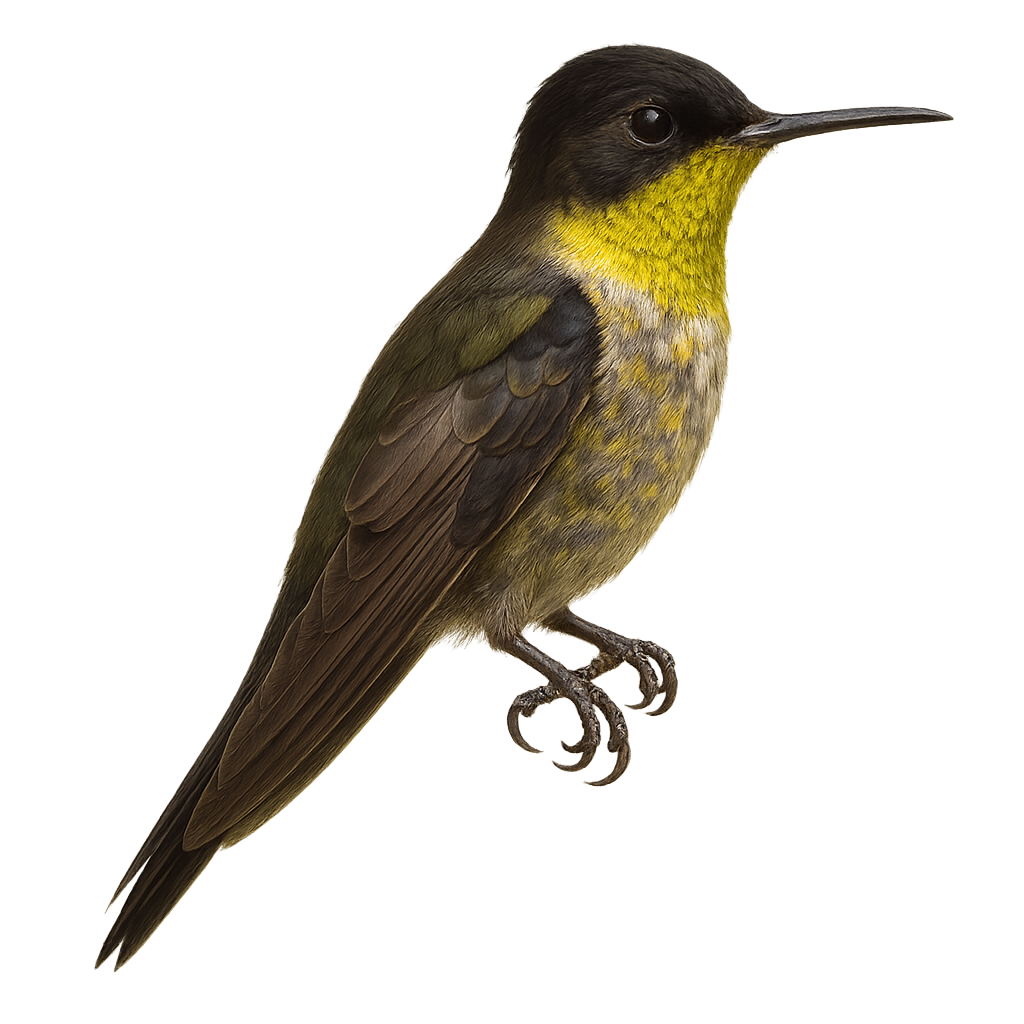Your wildlife photography guide.
Explore the blue-backed thornbill in detail, study its behavior, prepare your shots.
Where to observe and photograph the blue-backed thornbill in the wild
Learn where and when to spot the blue-backed thornbill in the wild, how to identify the species based on distinctive features, and what natural environments it inhabits. The WildlifePhotographer app offers tailored photography tips that reflect the blue-backed thornbill’s behavior, helping you capture better wildlife images. Explore the full species profile for key information including description, habitat, active periods, and approach techniques.
Blue-backed Thornbill
Scientific name: Ramphomicron dorsale

IUCN Status: Least Concern
Family: TROCHILIDAE
Group: Birds
Sensitivity to human approach: Suspicious
Minimum approach distance: 5 m
Courtship display: October to November
Incubation: 17-19 jours
Hatchings: October to December
Habitat:
Humid forests, shrublands, mountains
Activity period :
Primarily active during the day, with peak activity in the morning and late afternoon.
Identification and description:
The Blue-backed Thornbill, or Ramphomicron dorsale, is a small hummingbird endemic to the mountainous regions of South America. It is primarily found in humid forests and shrublands at high altitudes. This hummingbird is distinguished by its striking plumage, with a metallic blue back and white belly. Its slender, slightly curved bill is perfectly adapted for feeding on flower nectar. Males often display brighter colors than females, making them particularly attractive to bird watchers. Despite its small size, this hummingbird is an essential pollinator in its natural habitat, contributing to local biodiversity.
Recommended lens:
400 mm – adjust based on distance, desired framing (portrait or habitat), and approach conditions.
Photography tips:
To photograph the Blue-backed Thornbill, it is advisable to use a 400mm lens or longer to capture precise details without disturbing the bird. Look for areas where flowers are abundant, as these birds are often attracted to nectar. Patience is key, as these hummingbirds can be suspicious. Try to remain still and use a tripod to stabilize your camera. The best times to observe them are early in the morning or late afternoon when activity is at its peak.
The WildlifePhotographer App is coming soon!
Be the first to explore the best nature spots, track rutting seasons, log your observations, and observe more wildlife.
Already 1 432 wildlife lovers subscribed worldwide

